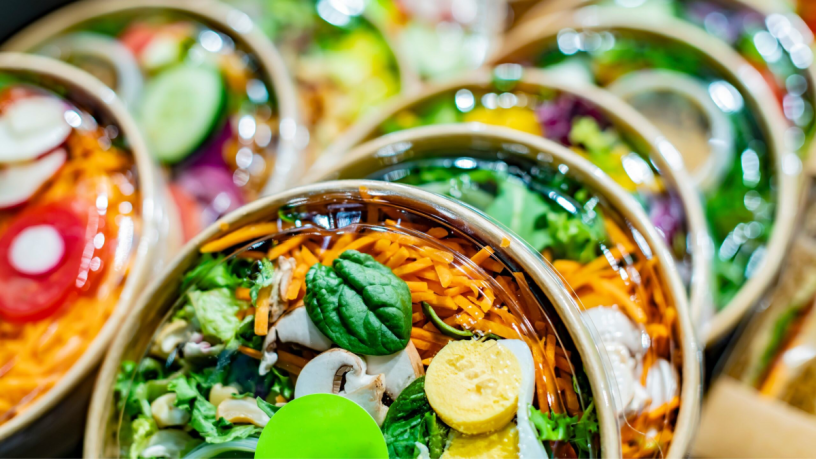Role of Flexitarianism
Flexitarianism has been on the rise for some time. Consumers identifying as such significantly outnumber vegetarians in every major market except India, with vegans making up a much lower percentage everywhere. Globally, about a quarter of Innova survey respondents describe themselves as flexitarians, representing a substantial market for hybrid foods. These consumers are used to mixing and matching; switching between meat and plant-based, dairy and non-dairy. While some flexitarians simply reduce the amount of animal products they consume, in Asian and Latin American markets the concept of reduced animal content mixed with plant-based ingredients is more readily recognized and sought after.

From sausage hybrids to cultured fish
Innova data shows consistent growth in the value and volume of the dairy alternative drinks market since 2010, with the rate of growth quickening since 2020. By both measures, the sector is outpacing its dairy equivalent. Meat hybrids are also expanding, especially at the convenience end, with pork and vegetable sausages, chicken and plant-based snacks and combined beef and veggie burgers among those fighting for shelf space. With a similar growth pattern to dairy alternative drinks, these meat blends are filling a demand fueled in large part by the flexitarian movement. One rather literal example comes from the brand ElPozo, which launched a range of products named Flexiterraneo.
Meanwhile, new spreads containing a mix of butter and oils continue to be launched in many locations; both branded and as part of retailers’ own ranges.
While hybrids often use established ingredients presented in a traditional way, technology is offering something much more novel in sectors such as cultured meat, fish and dairy. Taking animal cells as their blueprint, these products not only match the nutritional content of meat but can be customized during the cultivation process. Improvements in textural qualities are creating results that are virtually identical to the ingredients being mimicked. Meanwhile companies such as Wanda Fish are working to produce safe alternatives that are free from contaminants such as microplastics that can be found in ocean-caught or farmed products. In this sense cultured products can be more than an alternative, offering an answer to an environmental or safety concern.

Turning consumer curiosity into consumer support
Importantly, consumers are increasingly on-board with these developments. Innova’s 2021 Trends Survey revealed 1 in 2 respondents believe cell-based technologies could be the future of the food industry. This is a significant turnaround from the days when GM crops aroused well-publicized suspicion in some countries. The shift is even more promising given that consumer acceptance of cultured tech outpaces their knowledge of the processes behind it. People are more familiar with fermentation and pasteurization than, say, mycelium-based or 3D-printed meat, but further surveys show the level of consumer acceptance actually surpassing familiarity.
As well as suggesting a high level of trust in the food industry, this interest presents an opportunity to innovate in a successful and sustainable manner. Further consumer acceptance requires a level of education, but also the buy-in of trusted brands, sectors and individuals. Celebrated chefs and well-known restaurants experimenting with cultured and hybrid foods can accelerate popularity. Equally important is openness about the processes, checks and safety aspects of novel production techniques. Bold Cultr’s “next gen, non-animal" cream cheese explains the science behind the product in a clear, quick and concise way that consumers tend to understand and appreciate.
There is a growing public curiosity in farming and production technologies, fueled by the worldwide environmental debate. As highlighted in Innova’s #5 Top Ten Trend for 2023 – Farming The Future – brands and producers that clearly communicate how their methods are benefiting people and the planet will make the strongest connections with consumers. As the hybrid and cell-cultured sectors expand, engaging consumers already open to change will be key to the speed and extent of success. The challenge for the industry is to make complex scientific processes easily and widely understandable. According to Innova’s research, a deeper understanding is key to turning consumer interest into consumer support.
Underlying all that complexity and innovation, however, is a clear bottom line: consumers still want to know the resultant product is safe, sustainable, nutritional and, of course, tasty. Some things never change.
Content provided by: Innova Market Insights
For more market insights, follow Innova on LinkedIn



